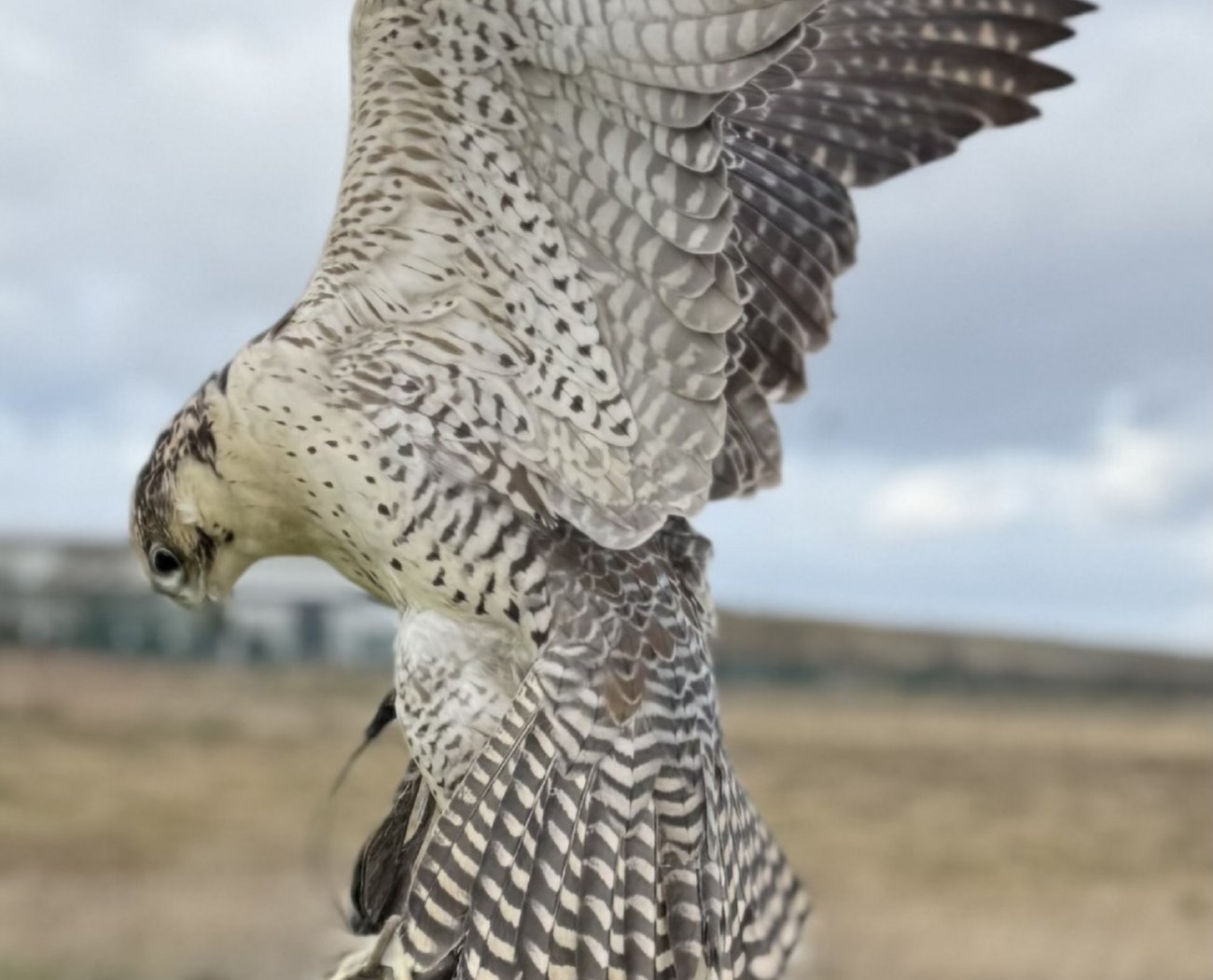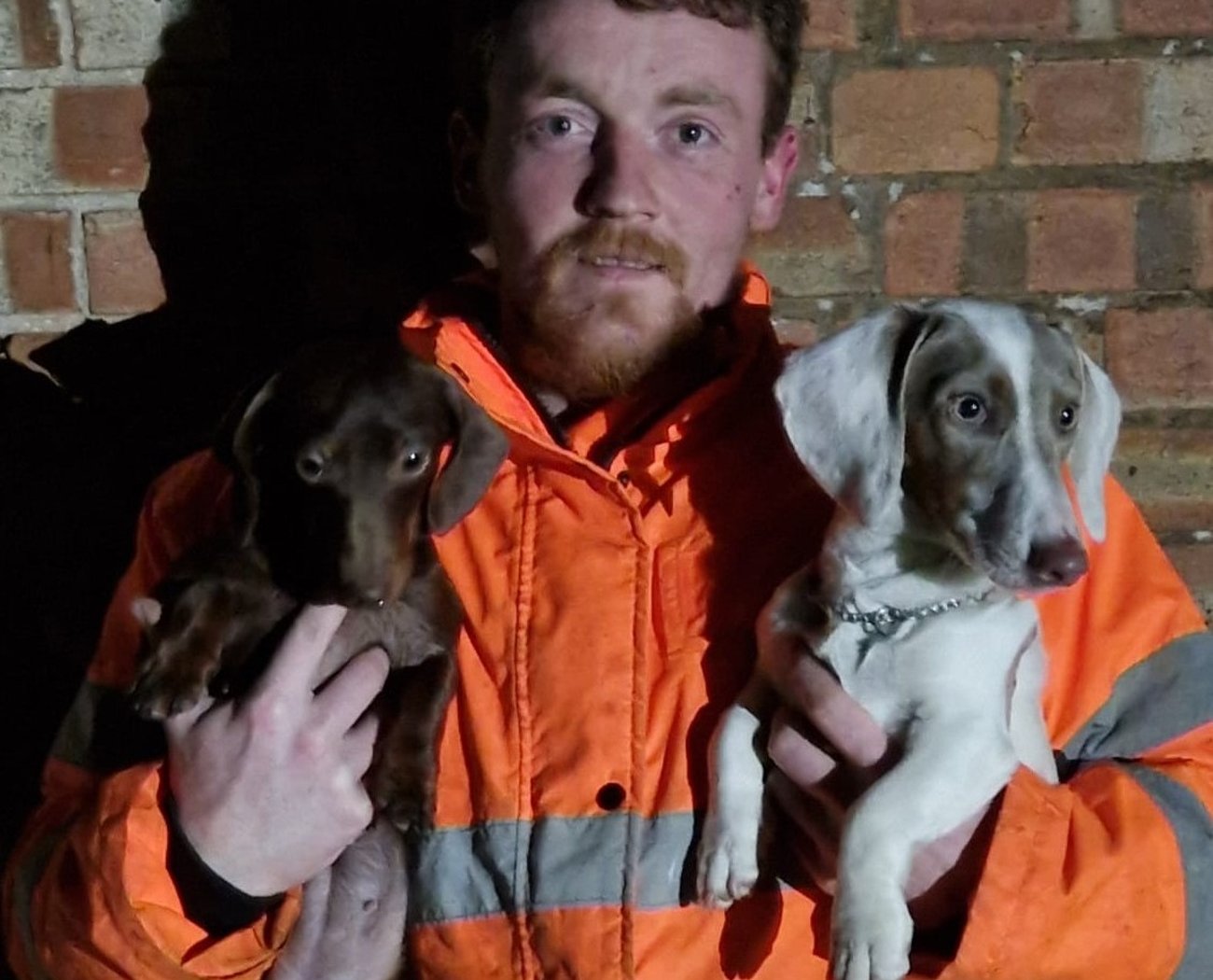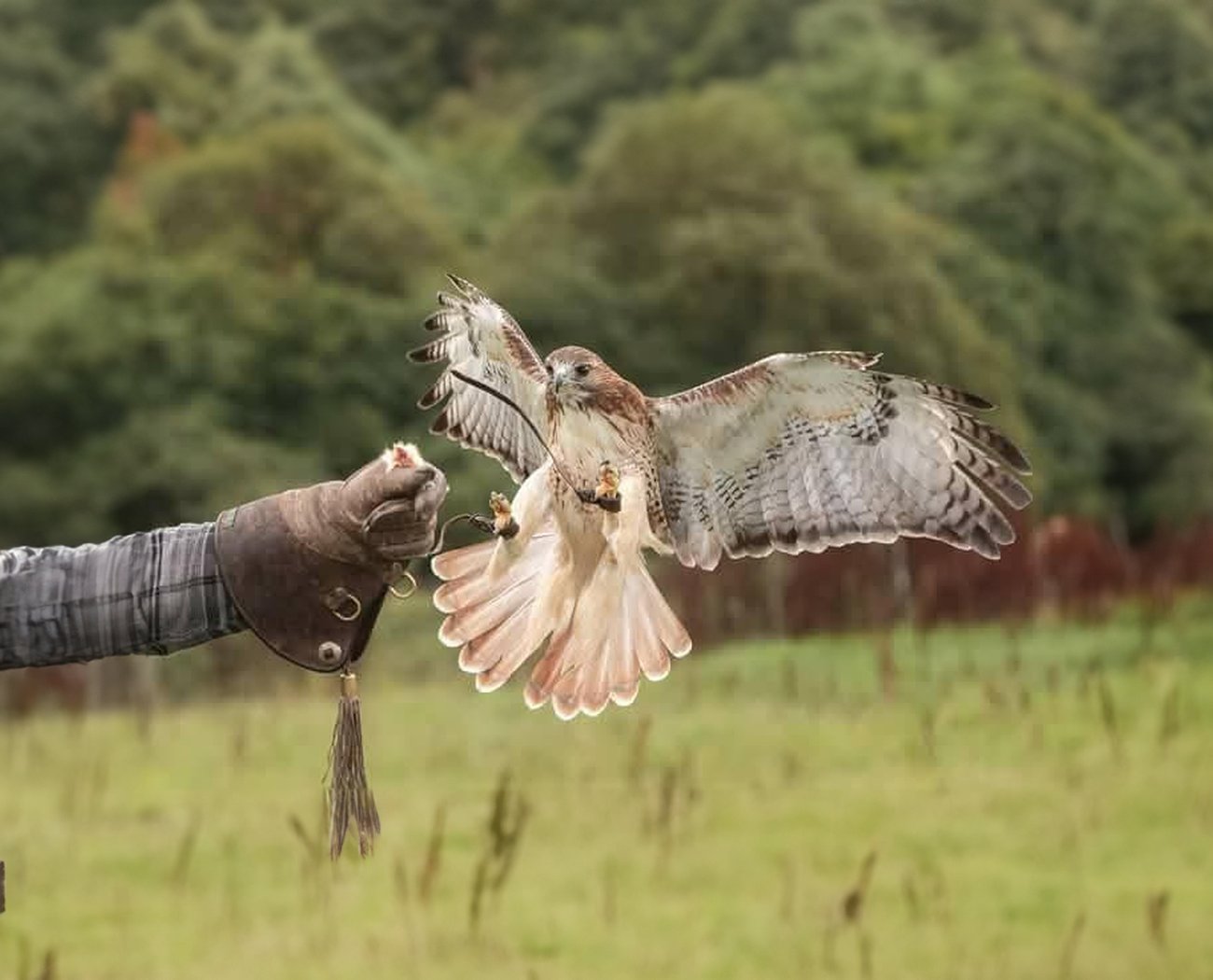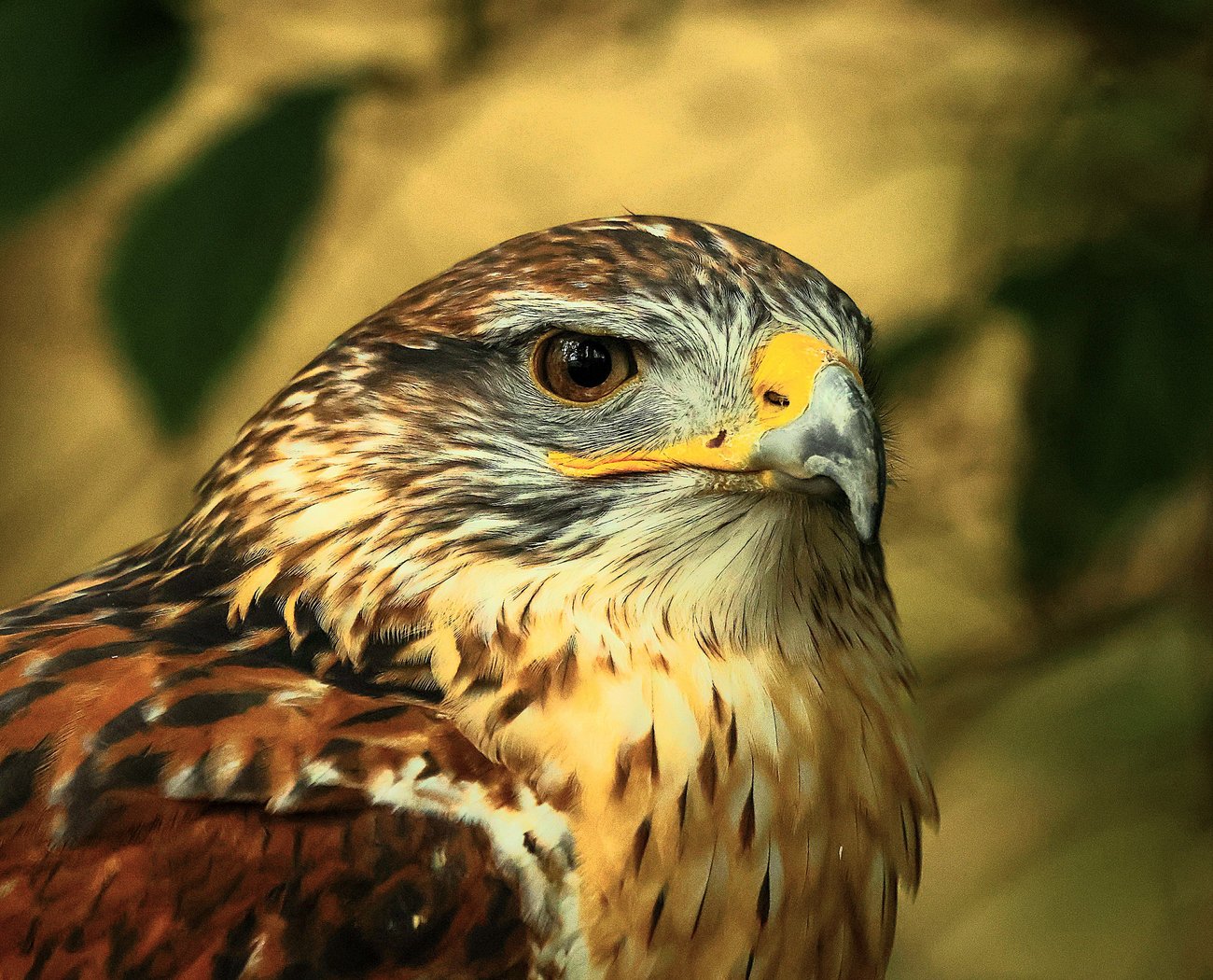
We Are Your Solution
Whether you're dealing with persistent rodent issues, invasive bird populations, or the aftermath of wildlife contamination, APS offers bespoke, tactical programs that deliver fast results and long-term protection.

Our services include:
- K9 Rodent Activity & Ingress Tracking – Trained detection dogs pinpoint active infestations and entry points with unmatched accuracy.
- Rodent & Bird Proofing – Seal and secure your premises against future breaches.
- Tactical Trapping & Cull Programs – Discreet, efficient population control tailored to your risk profile.
- Guano Removal & Cleaning – Safe, certified cleaning and decontamination of bird droppings and nesting sites.
- Falconry-Based Deterrence – Natural, highly effective bird control through trained raptors.
Our highly trained detection dogs provide fast, accurate, and non-invasive rodent activity tracking, pinpointing infestations before visual or mechanical methods can detect them.

Key Benefits:
- Unmatched Sensitivity: Canines detect rodent scent trails in areas no sensor or trap can reach.
- Rapid Deployment: Assess large properties in a fraction of the time it takes with traditional methods.
- Pinpointing infestations: Before visual or mechanical methods can detect them.
- Actionable Reporting: Receive clear, mapped reports of rodent activity hotspots to guide pest control efforts.
- Compliance Support: Helps maintain audit-readiness for food safety, public health, or quality assurance standards.

Target Industries:
- Food production & storage facilities
- Hotels & hospitality venues
- Commercial property managers
- High-risk pest control zones (airports, transport depots)
We don’t just respond to infestations—we prevent them.